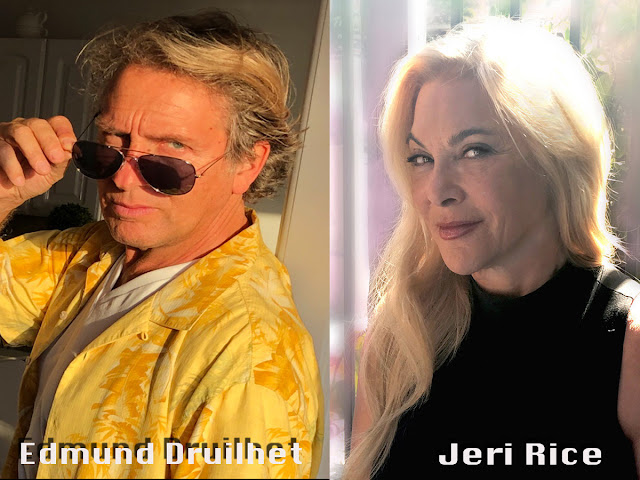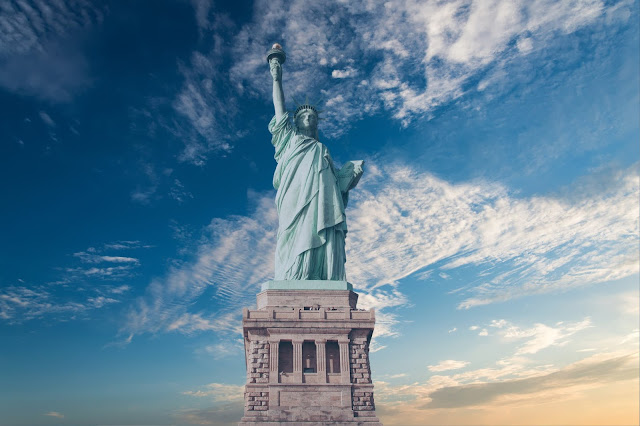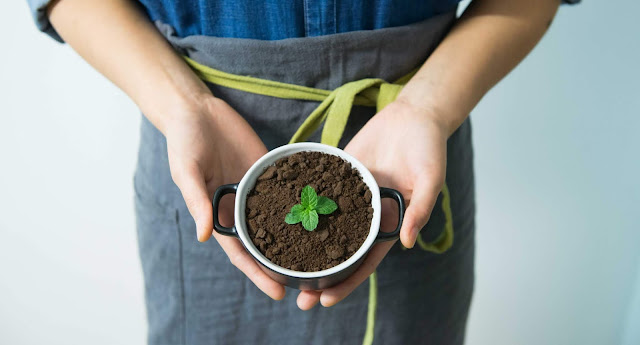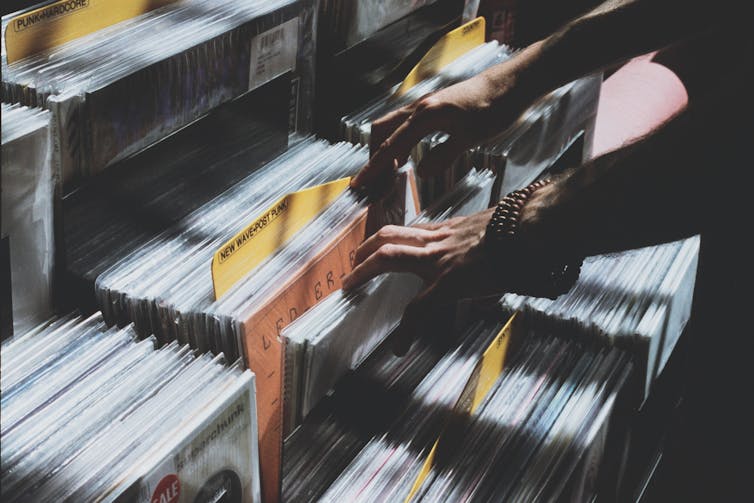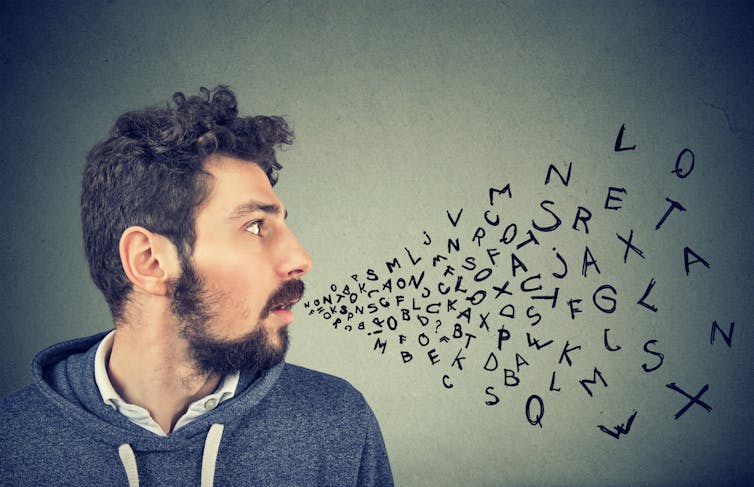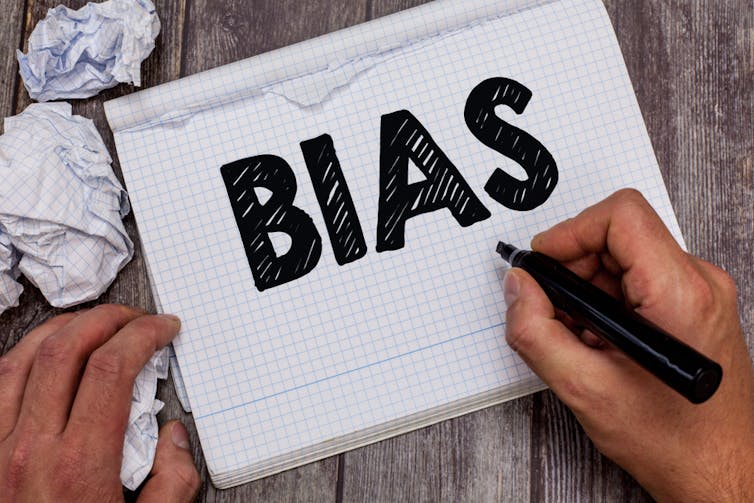 |
| Terminator: Guardian of Fate (courtesy of VRstudios) |
VRstudios, creator of turn-key multiplayer Virtual Reality (VR) attractions for Location-Based Entertainment (LBE) businesses has announced the latest exclusive experience for Dave & Buster's proprietary multiplayer virtual reality simulator – Terminator: Guardian of Fate.
The intense, action-packed interactive experience featuring the incredible talents of Linda Hamilton voicing Sarah Connor, is now available to play nationwide, thrusting players into the middle of the action on a heart-pounding, treacherous rescue mission alongside Sarah Connor, and putting them face-to-face with the deadliest Terminator yet.
Protect the target at all costs! When a Terminator arrives in their local town, players must spring into action alongside Sarah Connor and her team to stop the deadly Terminator from annihilating a target who will prove invaluable to the future of the Resistance.
Players must outrun and outwit the Terminator to ensure the target and her work escape safely. Sarah Connor guides players every step of the way as they fight through a zombie-style shootout with the Terminator who will stop at nothing to attack the players' vehicle while causing tons of destruction in its wake, and finally culminating in a showdown of epic proportions!
Players will never have the same experience twice as another chapter of the game will be out soon that will add multiple endings and more terrifying surprises! This is all combined with other elements of variability including subtle differences in gameplay.
Terminator: Guardian of Fate features iconic characters Sarah Connor and the Terminator, along with some new characters that were created to support this original narrative. There are also four randomized player avatars and players will be able to use a variety of weapons against the Terminator through a series of weapon upgrades within the game.
"We have really created something very special with Terminator: Guardian of Fate. This is an all-out adrenaline-fueled interactive experience that is a roller coaster of intensity," said Chanel Summers, VRstudios' Vice President of Creative Development. "The Terminator is the ultimate movie monster and just when players think they have destroyed it, it comes back! The action is so relentless that you will barely have time to catch your breath!"VRstudios has teamed up again with development partner Strange Reptile, after working together to build the successful titles — Star Trek: Dark Remnant and Men in Black: Galactic Getaway for Dave & Buster's.
- Together the companies have brought to life the terrifying, fast-paced action of the Terminator experience for all to enjoy.
SOURCE: VRstudios



